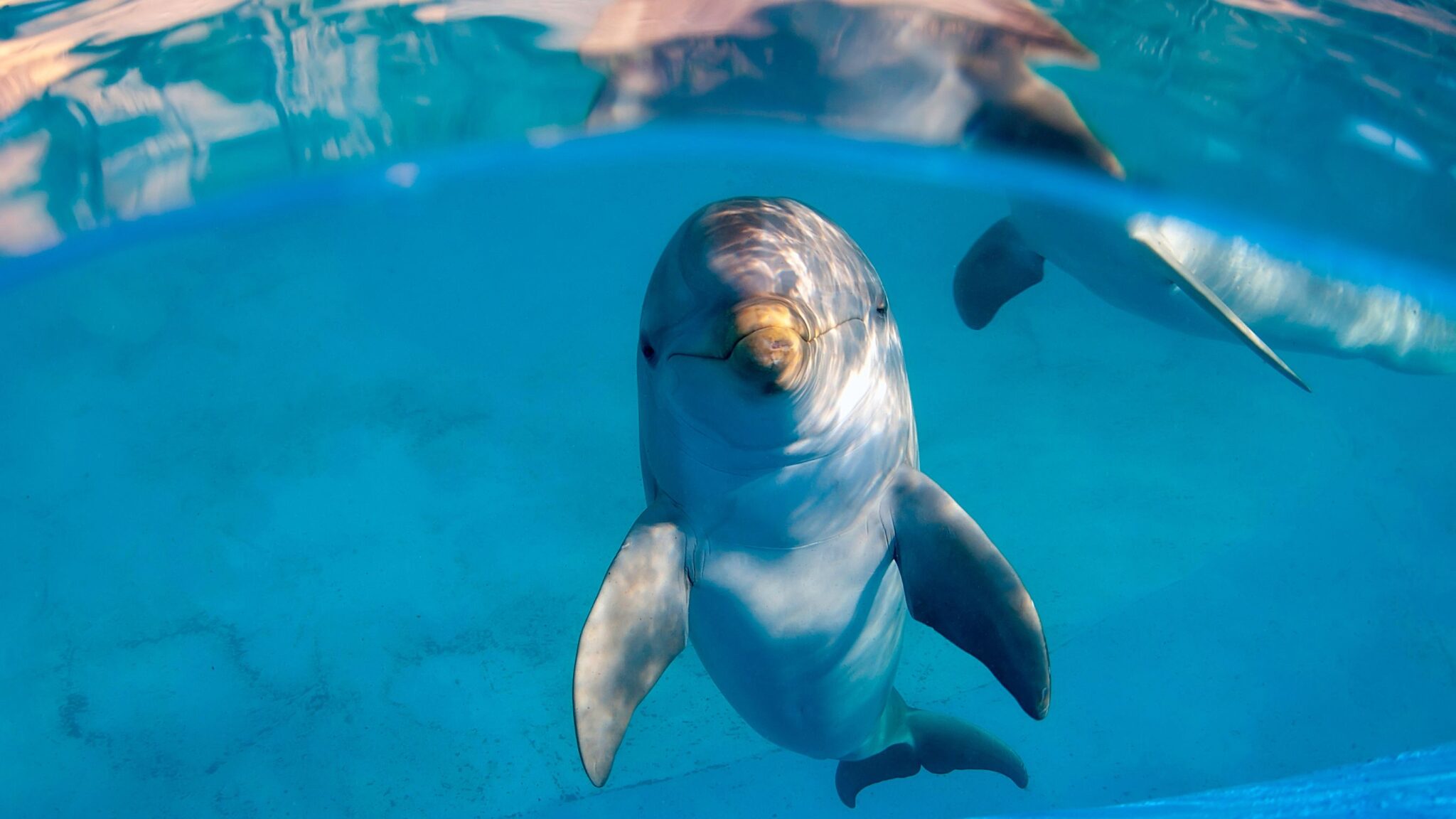Dolphins and Body Hair: A Fascinating Link to Their Ancestors
Did you know that dolphins are born with body hair? Newborn dolphins have small hairs on the area around their beak, which is called the rostrum. These hairs fall out soon after birth, but they serve as a fascinating reminder of dolphins’ land-dwelling ancestors. Keep reading to learn more about dolphins’ evolutionary history!
A Reminder of the Past
The small hairs that newborn dolphins have are believed to be a leftover feature from their land-living ancestors. Long before dolphins lived in the ocean, their ancestors walked on land, much like other mammals. These land-dwelling mammals, like early whales and dolphins, likely had hair for warmth and protection.
Over time, as dolphins’ ancestors moved into the water, the need for body hair disappeared. However, the tiny hairs that appear on newborn dolphins’ rostrums serve as an interesting trace of their evolutionary history.
The Shift from Land to Sea
The presence of body hair in dolphins shows how much their ancestors changed as they moved from land to the sea. Around 50 million years ago, the ancestors of modern whales and dolphins began evolving to live in the water. This transition didn’t happen overnight. It took millions of years for them to fully adapt to ocean life.
As they evolved to live in the ocean, dolphins no longer needed body hair. Instead, their smooth skin helps them swim quickly and easily through the water, reducing resistance. Their blubber now keeps them warm in the ocean’s colder waters. This is a key part of their transformation into the creatures we see today.
Why Do Newborn Dolphins Have Hair?
Although newborn dolphins’ body hair doesn’t last, it serves an important purpose. Scientists believe that the hairs on the rostrum help the baby dolphins feel their way around. These tiny hairs may also assist them in bonding with their mothers in the early stages of life.
Additionally, dolphins have other features linking them to their land-dwelling ancestors. For example, some dolphins still have small pelvic bones. These are leftovers from the legs of ancient mammals that once walked on land.
Conclusion: Dolphins’ Connection to the Past
The brief appearance of body hair on newborn dolphins is just one of many signs that link them to their land-dwelling ancestors. It’s a small but fascinating reminder of how dolphins evolved over millions of years to adapt to life in the ocean.
Next time you see a dolphin, remember its ancient history. From the tiny hairs on its face to its smooth skin, every part of the dolphin tells a story of survival, adaptation, and evolution.
The brief appearance of body hair on newborn dolphins is just one of the many signs that link them to their land-dwelling ancestors. It’s a small but fascinating reminder of how dolphins evolved over millions of years to adapt to life in the ocean.
If you’re excited to learn more about these amazing creatures and see them in their natural habitat in Hawaii, why not book a dolphin-watching tour with Dolphins&You? Experience the wonder of dolphins up close and witness firsthand their incredible intelligence and beauty.











